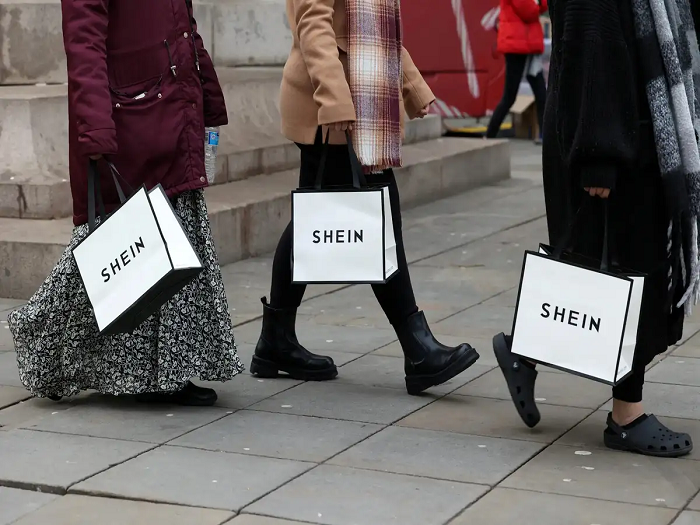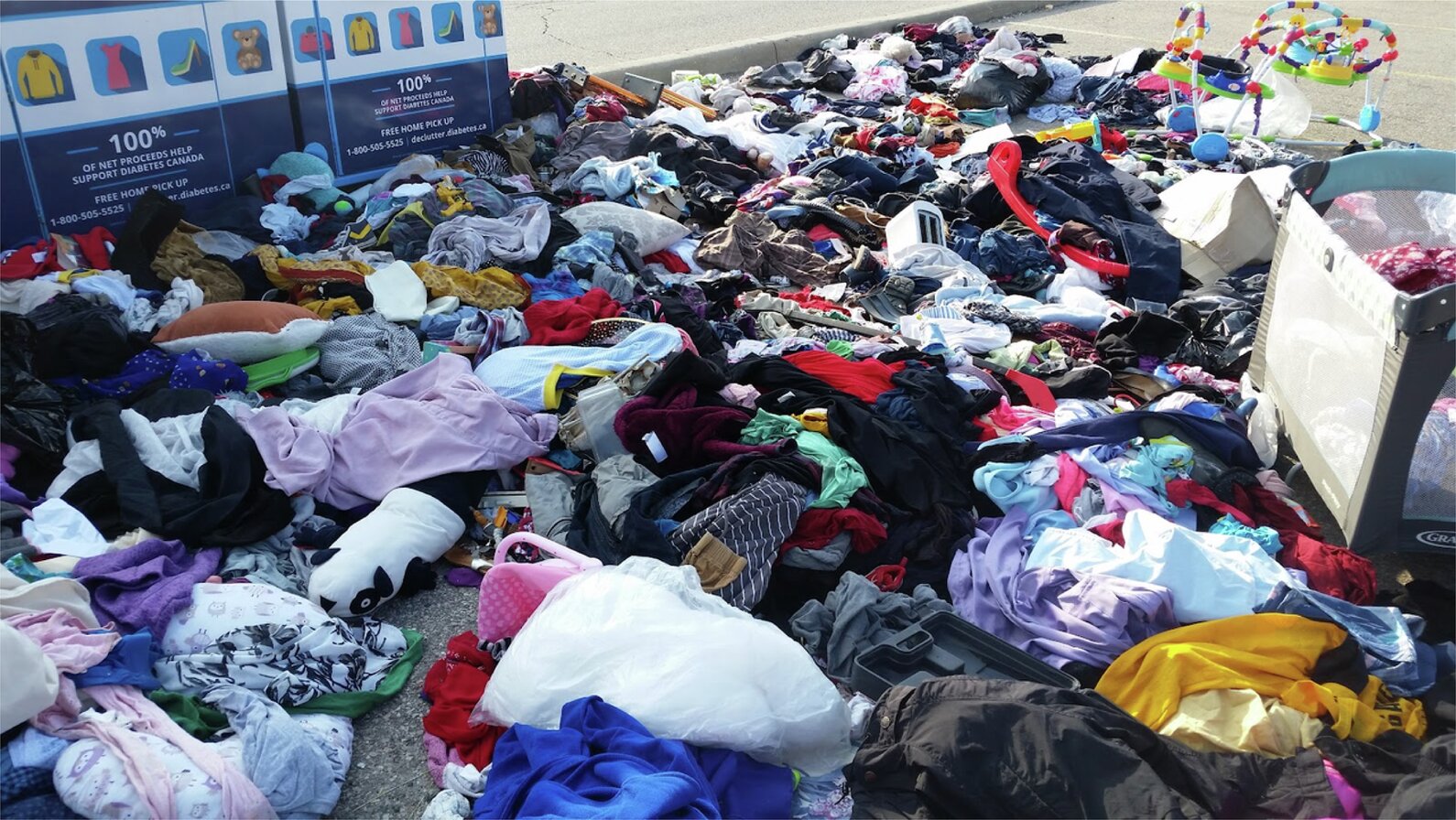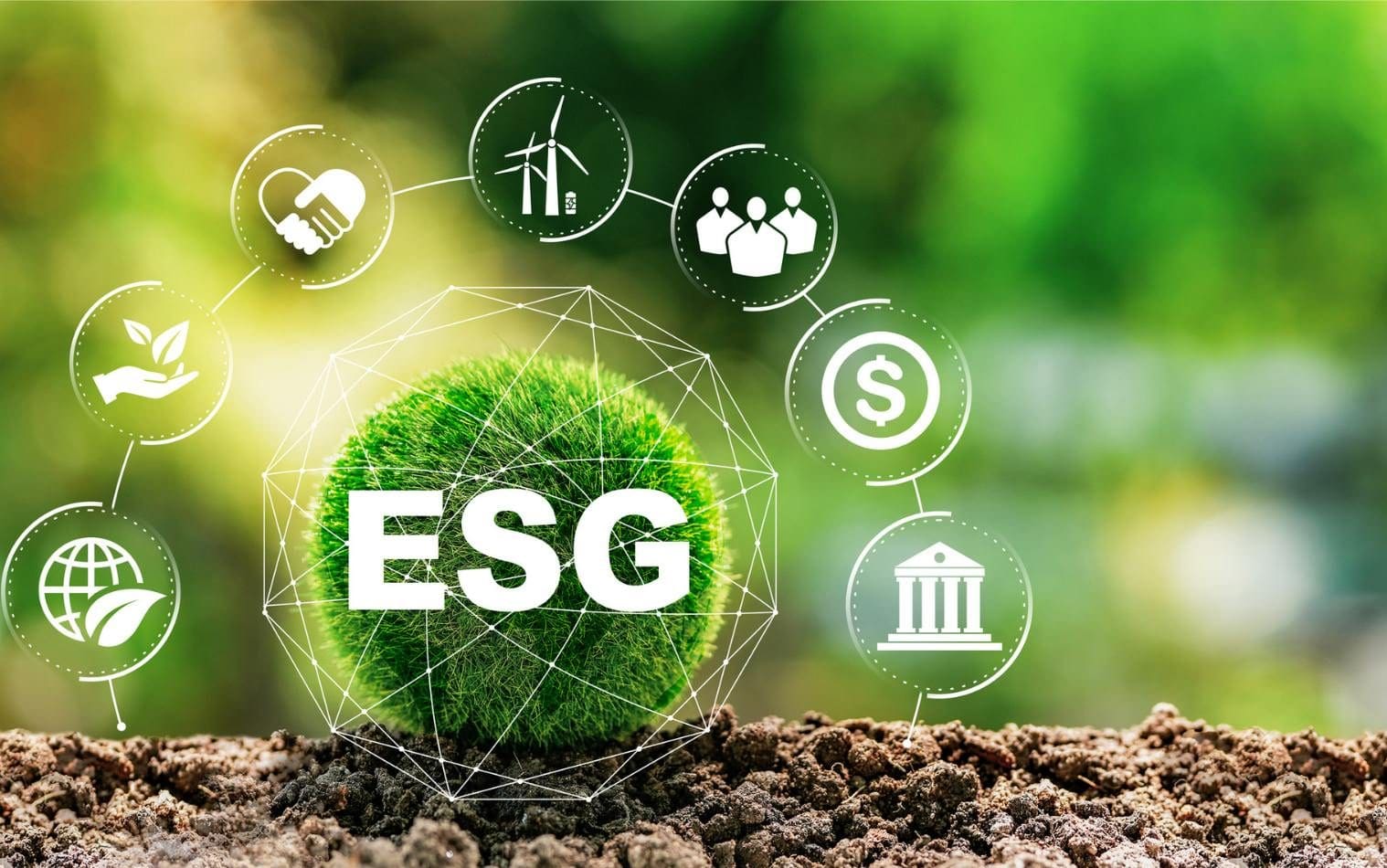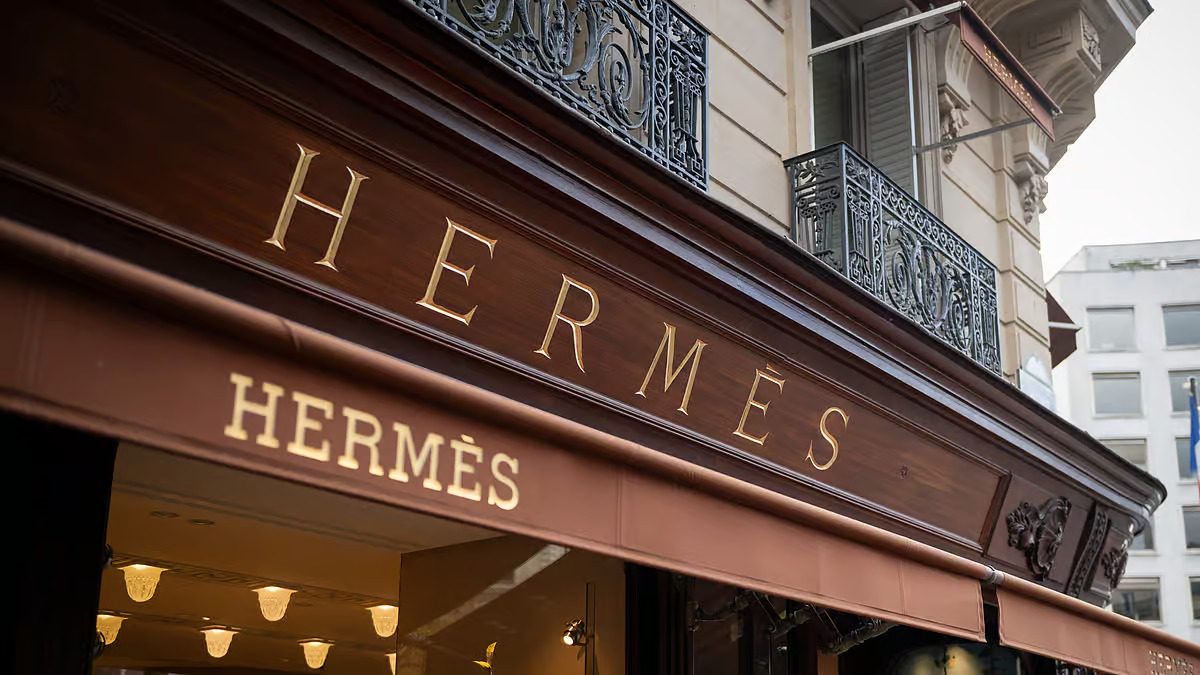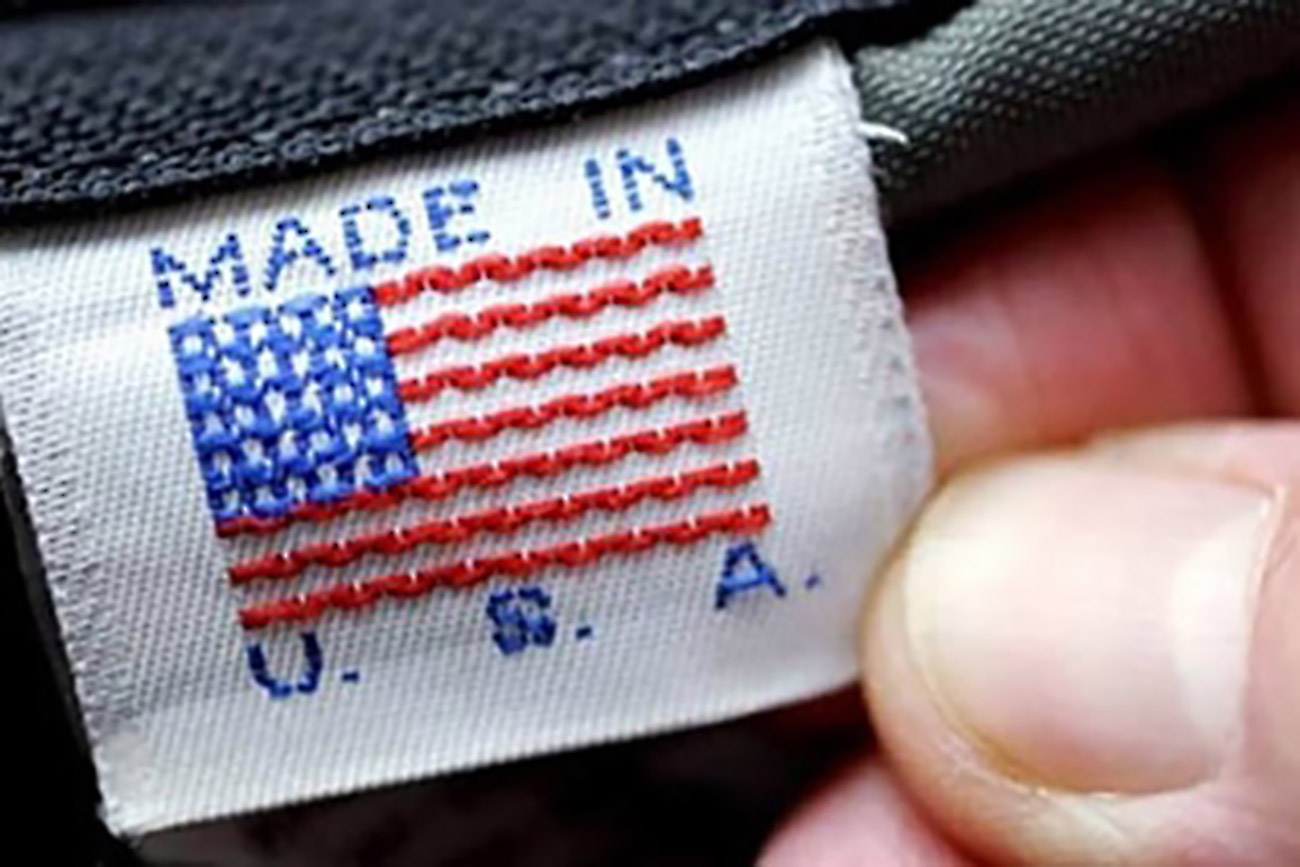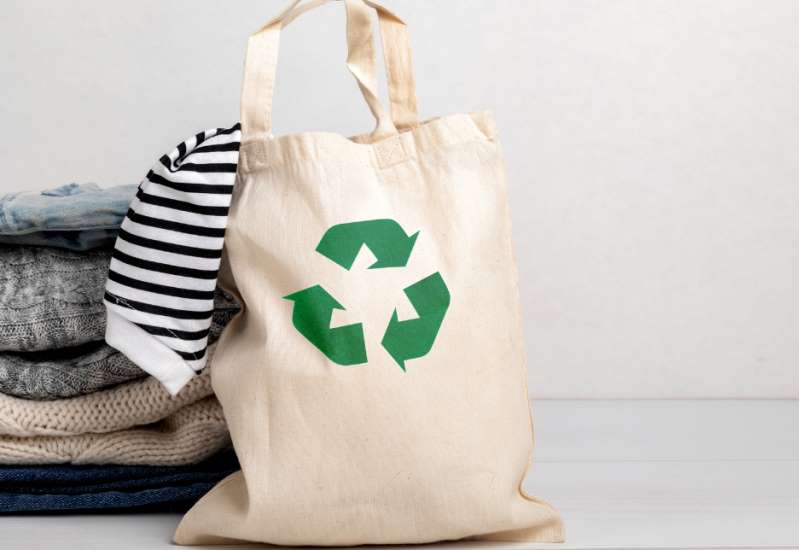
The International Textile Manufacturers Federation (ITMF), as the international forum of global textile industry, is now in a state of flux as the business situation has changed in a post-pandemic world. The just released 18th ITMF Global Textile Industry Survey highlights the ongoing gloomy economic situation but expectations are high for the things to improve this year.
When ITMF tarted the Global Textile Industry Survey in 2021 after Covid abated, the business environment was at an all-time low. High inflation and rising interest rates around the world have been the current drivers of global economy but in 2023, the main problem of the textile supply chain seems to be high inventories at the brand and retail levels.
Unreliable demand in a post-Covid economy
With pent-up frustration among people stuck at home during the two Covid years, there was a surge in demand across the board for consumer durables and apparel once travel restrictions were lifted and economies opened up. Global and domestic brands across countries increased inventories to meet the sudden surge in demand. However, this was short-lived as inflation rose as Russia-Ukraine war pushed up energy prices, consumers pulled up their purse strings, demand slowed down and stocks piled up.
ITMF interviewed many respondents for this survey who confirmed global order intake has steadily decreased since November 2021 once the initial flush of post-Covid demand had waned. In January 2023, it was a negative indicator in all geographical regions around the world except North & Central America and fibre manufactures who saw increased orders for the first time since summer 2022.
The previously high global order backlogs had also been slow and steady in their decrease from 3.1 months in March 2022 to 2.4 months in January 2023. This could be attributed to most brands and retailers hesitating to place orders and add to their inventory with uncertain demand. Added to this were the disruptions in earlier supply chain during Covid years which helped in lessening order backlogs by improving global trade flows. This eventually led to a slight increase in global capacity utilization rate which was mainly driven by garment fibre producers and spinners.
China opening borders boosts demand
With members comprising companies and associations from the textile and allied industries, ITMF’s expectations in the last six months have soared with everyone being globally positive about the upcoming business economy in June 2023. The organization says, textile manufacturers can expect a better situation with countries being in a much better energy situation, prices for gas and other products in Europe and Asia going back to levels seen before the Ukraine war. Secondly and most importantly, the end of the Zero-Covid-policy in China with borders opening up is strengthening demand. China, as one of the largest importers of consumer goods, especially luxury apparels and the return of tourism has given an adrenaline rush to a sown-in-the-dump economy.
The Survey infuses optimism the global economy will see better growth than expected in 2023 which will benefit the textile fraternity and give a fillip to the apparel industry in general.


